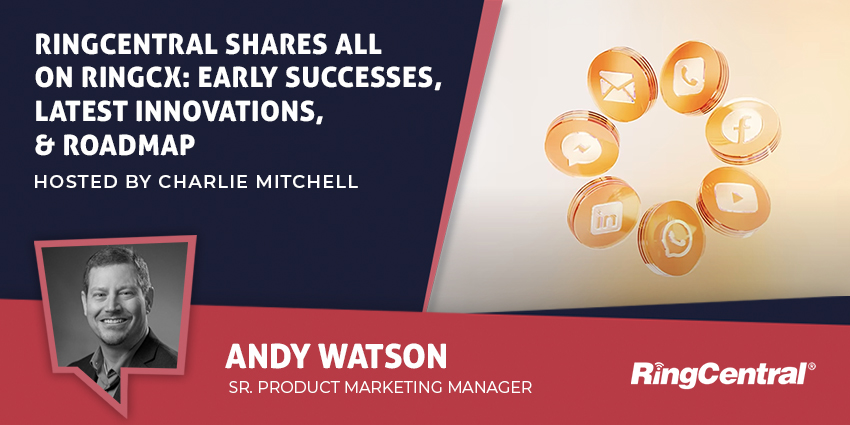62 percent of customers say that their experiences with one brand or industry impact their expectations of others – according to Salesforce.
As such, engagement rates often rise and fall, making it tricky to track.
Moreover, many factors influence engagement, from the effort it takes to complete a customer journey to how customers feel during it.
As such, measuring customer engagement is no picnic in the park. Indeed, organizations often monitor a handful of metrics to do so. Here are seven prime examples.
1. Customer Satisfaction
CSAT is among the most common customer engagement metrics across the B2B and B2C sectors. Why? Because it applies equally to a big or small customer cohort and has well-established measurement techniques.
Indeed, companies typically calculate CSAT scores by asking customers to rate their satisfaction levels on a scale of 1-5 or 1-10. Then, businesses calculate the measure, compare it to previous performance and look for trends.
2. The Net Promoter Score (NPS)
Net promoter score (NPS) quantifies brand loyalty, comparing the number of brand promoters a company has within its customer base against its detractors.
Companies conduct an NPS survey to calculate the net promoter score, asking respondents to rate their likelihood of recommending the brand on a scale of 0-10. Those responding with a nine or ten are promoters, and those who give a rating of 0-6 are detractors.
Subtracting the percentage of detractors from the percentage of promoters gives the final NPS.
Originally put forward as “the one number you need to grow” by the Harvard Business Review in 2003, many now track this metric in place of CSAT.
3. The Customer Effort Score
The customer effort score delivers on the principle that customers want to put in as little effort as possible when dealing with a brand.
Put forward in another Harvard Business Review article – entitled: “Stop Trying to Delight Your Customers” – its authors argue that:
“Delighting customers doesn’t build loyalty; reducing their effort – the work they must do to get their problem solved – does.”
As such, many contact centers now calculate the customer effort score, sending post-interaction surveys to customers and asking them to score the degree of ease on a scale of 1-5 or 1-10.
Using the findings, operations aim to isolate and eliminate customer journey frictions.
4. First Contact Resolution (FCR)
According to ContactBabel research, 54 percent of businesses believe FCR is the most significant element of the contact center experience.
A high FCR means that most customers get their queries resolved at the very first instance. As such, the metric provides tangible insights into customer engagement is improving.
The trouble is that it is difficult to measure without analytics software. Businesses can track repeat calls within a specified period, yet this is unlikely to be very accurate as many customers will contact again with a different query.
Finally, FCR is prevalent in many contact centers, influencing almost every other KPI they measure. As such, Frost & Sullivan describe it as the “home run” of operational metrics.
5. Customer Sentiment Scores
Customers like to think that they follow logic when making purchases or sharing their opinions of a brand. Yet, emotions drive their experience.
As a result, many consider it crucial to consider customer emotions when designing engaging customer experiences.
To do so, many measure customer sentiment across various journeys – either with surveys that ask customers to describe their experiences or, more accurately, through sentiment analysis.
Using sentiment analysis, some operations seek to measure specific emotions, which – according to internal research – drive customer value.
6. Customer Lifetime Value (CLV)
Customer lifetime value estimates the total profitability a single customer may generate for the company across the entire tenure of their brand relationship.
So, if a customer spent $10 with the company each year and stayed with the brand for ten years, their CLV would be $100.
It indicates both a person’s purchase-readiness and retention likelihood, both critical facets of brand engagement.
7. Bounce Rates
Bounce rates offer an excellent indication of customer engagement with an online experience.
Consider bounce rates in a self-service portal. Do many customers drop out at particular points in their self-service journey? The metric tells CX designers precisely that, allowing them to isolate the pain point and adjust the solution.
Of course, various website bounce rates may share similar insights into digital commerce experiences – including those powered by conversational AI.
Discover many more engagement and operational metrics by reading our article: 40 Contact Center KPIs to Start Tracking Now







